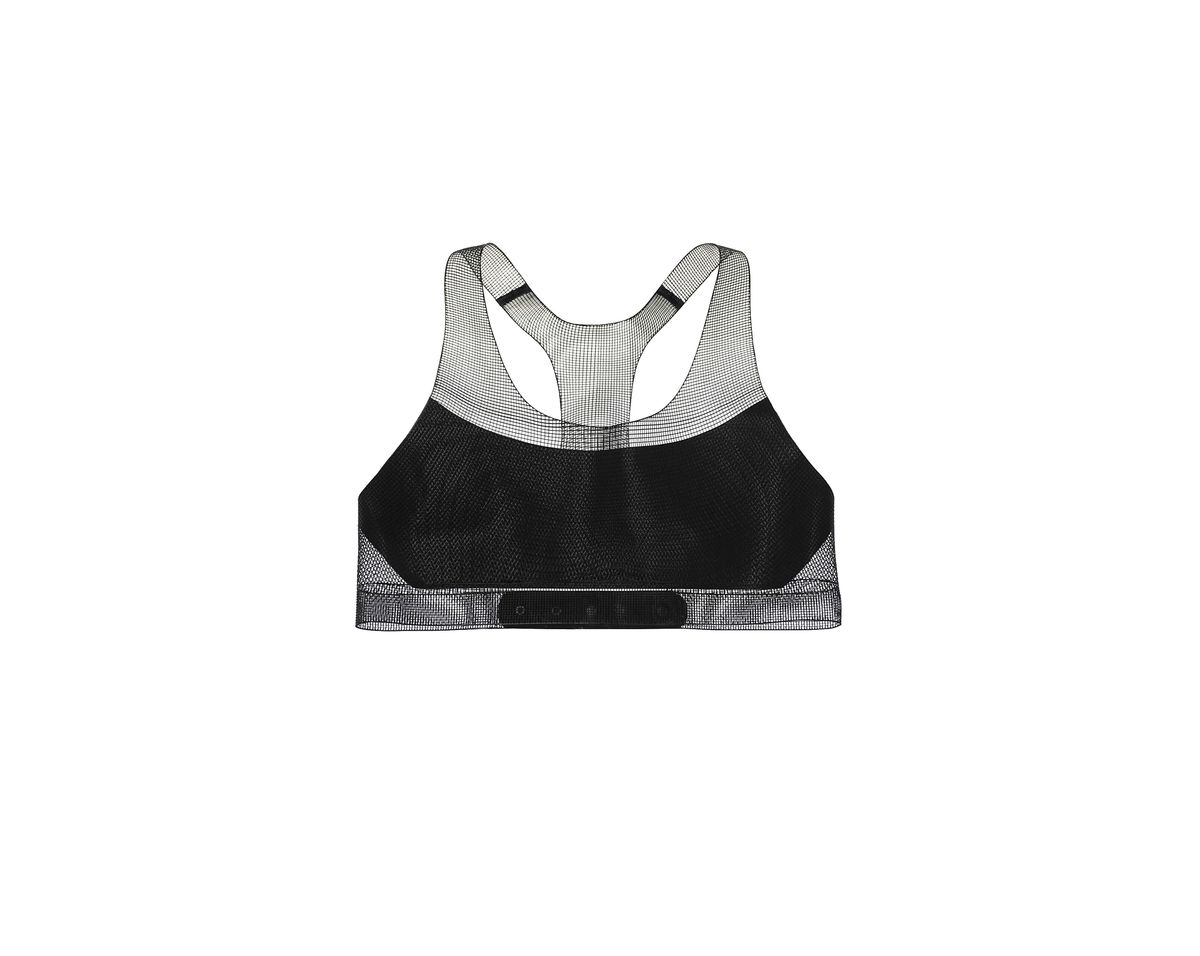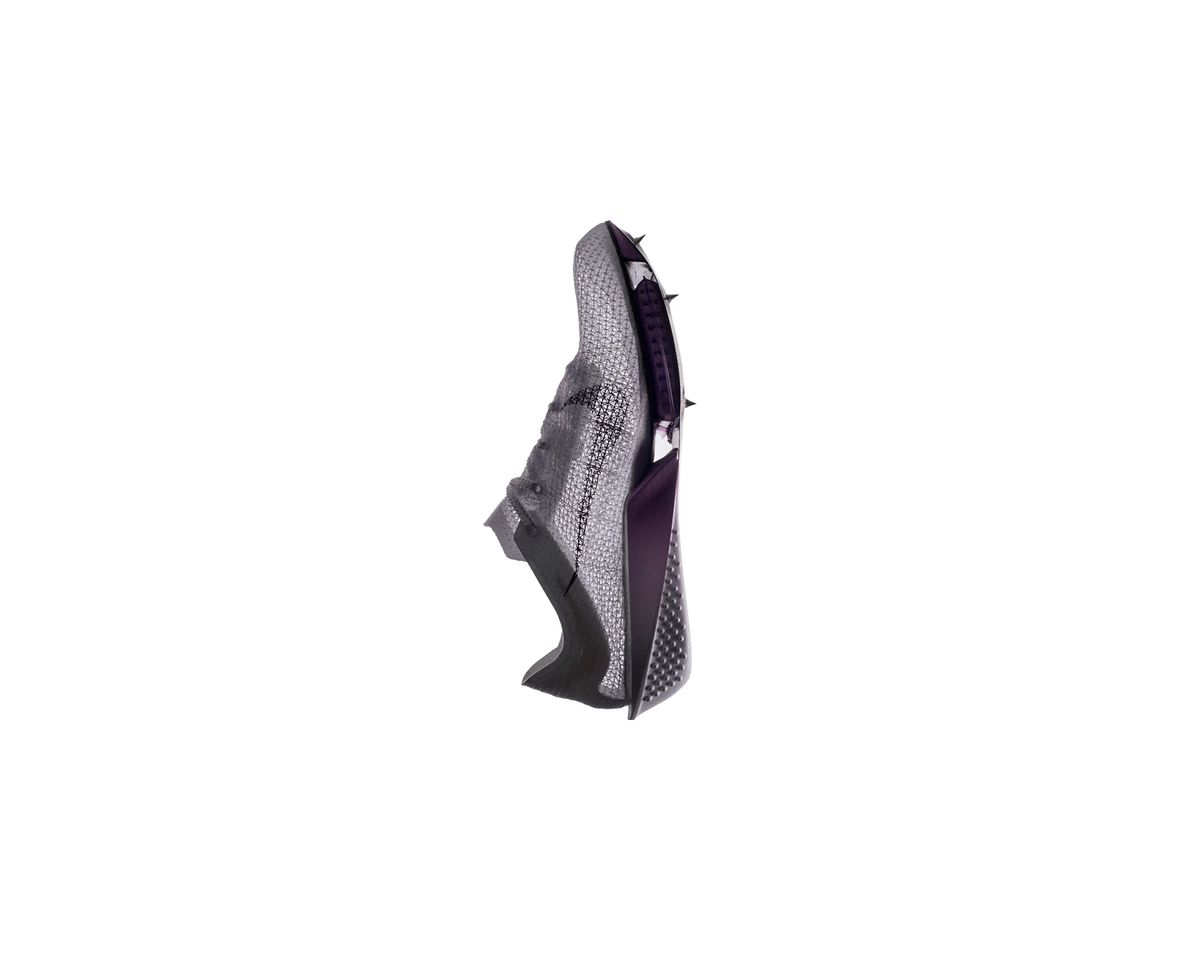Did Her Bra Help Her
Make History?
Faith Kipyegon, a three-time Olympic champion, didn’t break the four-minute mile, but did set a new personal best wearing a trailblazing bra and spikes from Nike.
In Paris this week, Faith Kipyegon tried to run a mile in under four minutes — and make history. The barrier, first broken in 1954 by Roger Bannister and since passed by almost 2,100 men, had never been surpassed by a woman.
The Kenyan runner, 31, and three-time Olympic gold medalist didn’t break the record this time. But her new time set on Thursday at Stade Charlety in Paris was still the fastest ever recorded by a woman for a mile, and broke the previous record she set in 2023.
“I’m tired, but I feel good that I’ve tried,” Ms. Kipyegon said after the attempt. “I’ve proven that it’s possible. It’s only a matter of time. If it’s not me, it will be somebody else. One day a woman will run under four.”
As part of a sponsorship deal called Breaking4, Nike dressed Ms. Kipyegon for her run. In addition to an aerodynamic one-piece suit featuring “3D-printed aeronodes” — hemispherical bobbles — to counterbalance airflow, she wore a featherlight 3D-printed sports bra and 85-gram track “spikes.” What makes the gear so revolutionary? Find out below.


Photographs by Nike. Produced by Michael Beswetherick and Antonio de Luca.
→ Continue reading at The New York Times
